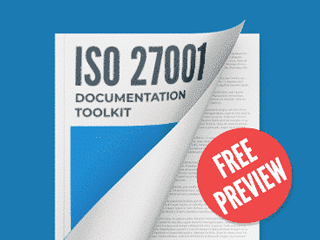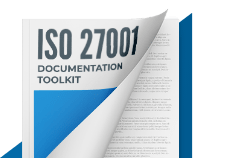Australian version of ISO 27001
Assign topic to the user
Answer:
Each country member of ISO has a standardization body responsible to coordinate the country efforts on elaboration and review of ISO standards of particular interest of that country, and they can have many reasons to develop a national version of an ISO standard:
- The standard needs to be translated to the official language of the country (with or without complements required by local country needs)
- To enforce national adoption of the standard, now that is a local requirement (in this translation or inclusion of local requirements may not be necessary)
Specifically for the Australian version, the text of the standard is the same.
This article will provide you further explanation about a similar situation:
- European 2017 Revision of ISO/IEC 27001: What has changed? https://advisera.com/27001academy/blog/2017/10/25/european-2017-revision-of-isoiec-27001-what-has-changed/
We've received additional questions:
>1. In such situation, would organisations need to implement ISMS based on ISO version or nationalized version?
Answer: This decision will depend mostly if you have contracts, laws or regulations demanding the implementation of the nationalized version. If not the best course of action would be to go for the ISO version.
>2. Is nationalized version only to understand the standard and not for accreditation?
Answer: The nationalized version is as good for certification as the ISO version, with the limitation that it will be recognized only in the country that released it. Sometimes the nationalized version includes additional requirements for a specific country, but these are not in conflict with the ISO version requirements.
Comment as guest or Sign in
May 29, 2019


